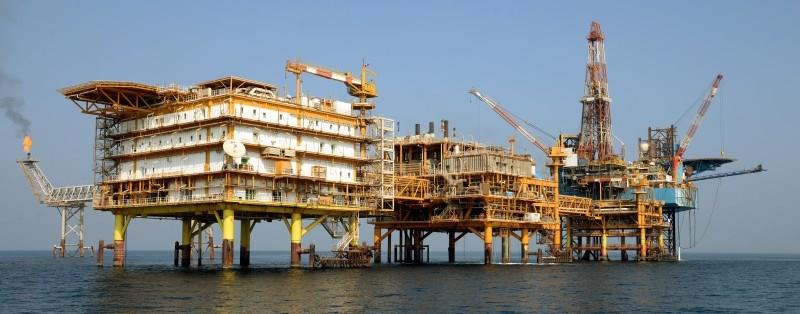Mismanagement by the previous government plus the international economic sanctions incapacitated the key oil industry, Oil Minister Bijan Namdar Zanganeh said, stressing that Tehran has made concerted efforts to recuperate the oil and gas sectors over the last four years.
"Oil infrastructure in the southern oil regions, especially in Gachsaran, is dilapidated after more than 80 years in operation and needs reconditioning. Minus this and there will be a considerable decline in the oil recovery rates in the operational fields," Zanganeh was quoted as saying by IRNA on Thursday.
According to Zanganeh, oil production from the southern regions stands at 3 million barrels per day, of which 620,000 bpd are produced in Gachsaran Field in the southwestern Kohgiluyeh-Boyer Ahmad Province.
"If aging facilities be rehabilitated, oil output can rise which will consequently translate into higher oil revenues."
Under the sanctions regime, Iran's oil production plunged to 2.5 million barrels per day from nearly 4 million bpd and exports slid to just above 1 million barrels daily.
Zanganeh asserted that the lifting of sanctions in January 2016 gave a fresh lifeline to the struggling oil sector as Tehran aims to invest billions of dollars in upstream projects by raising foreign direct investment. However, he stressed that the Oil Ministry's current income is insufficient.
"The ministry's budget, which amounts to 14.5% of revenues from crude oil sales, is nowhere near enough to run the key oil industry," Zanganeh noted.
Referring to the ministry's development projects in Gachsaran, he noted that $36 million has been allotted to develop roads as well as sports complexes and medical facilities.
"A top priority of the NIOC is to expand services and improve welfare in regions that are home to our major oil and gas reserves," Ali Kardor, the chief executive officer of National Iranian Oil Company, said last month.
"Developing schools, hospitals, roads, water supplies and sports complexes are among the priorities."
According to the national budget law for fiscal 2017-18, 3% of oil revenues should be earmarked for expanding services and infrastructure in the oil provinces. According to Zanganeh, oil and condensates sales were estimated to reach $41 billion in the previous fiscal year.
Forouzan Output
Pointing to completion of two wellhead platforms to be installed in the Forouzan Oilfield in the Persian Gulf in the near future, Hamid Bovard, managing director of Iranian Offshore Oil Company, noted, "As soon as the they are placed in the proper location, the fields output will rise by 12,000 bpd."
Wellhead platforms are designed only to be visited occasionally for routine maintenance or well work or personnel visit the platform for well testing and other maintenance activities.
"Forouzan’s current daily production stands at 38,000 barrels," he said, noting that plans are underway to attract $1.8 billion to boost the field's production to 110,000 bpd under engineering, procurement, construction and financing contracts. The official did not specify on details.
Furthermore, IOOC’s reservoir studies show that the field’s crude is naturally immigrating from the Saudi side into the Iranian part, which can help Iran’s plans to boost its output from Forouzan.
Located 100 kilometers southwest of Kharg Island in the Persian Gulf, Forouzan was discovered in 1966 with an estimated in-place reserve of 2.3 billion barrels, which has been revised up to 3.9 billion barrels.


